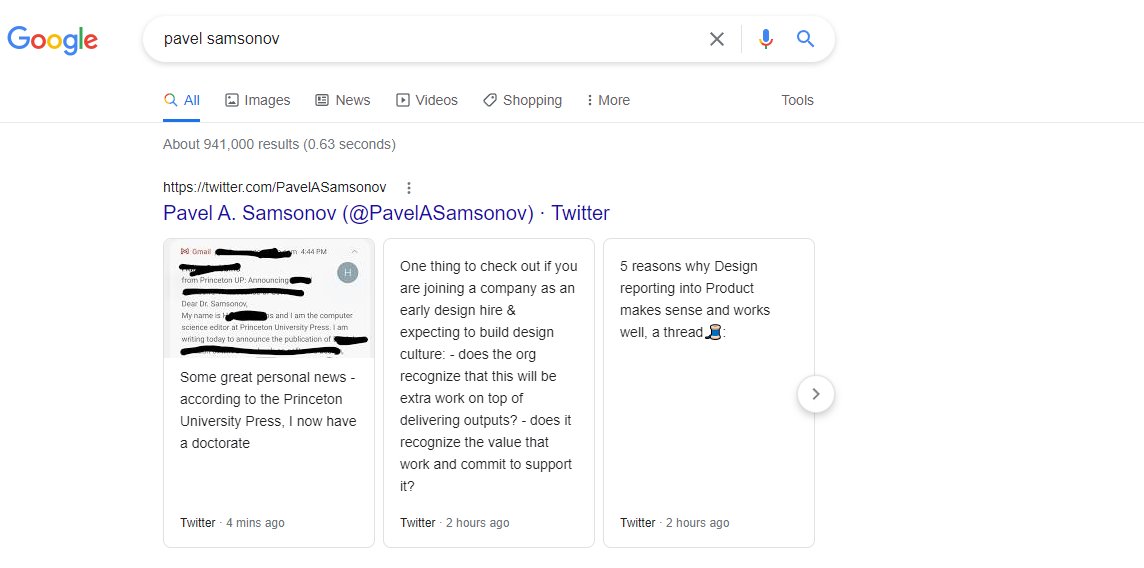
Programmers Scholars
🤝
;
🤝
;
Designers Authors
🤝
—
🤝
—
Telegraphists 00s chatrooms
🤝
._.
🤝
._.
Adobe AIM
🤝
XD
🤝
XD
• • •
Missing some Tweet in this thread? You can try to
force a refresh





